Cease and Desist Letter Template for Intellectual Property
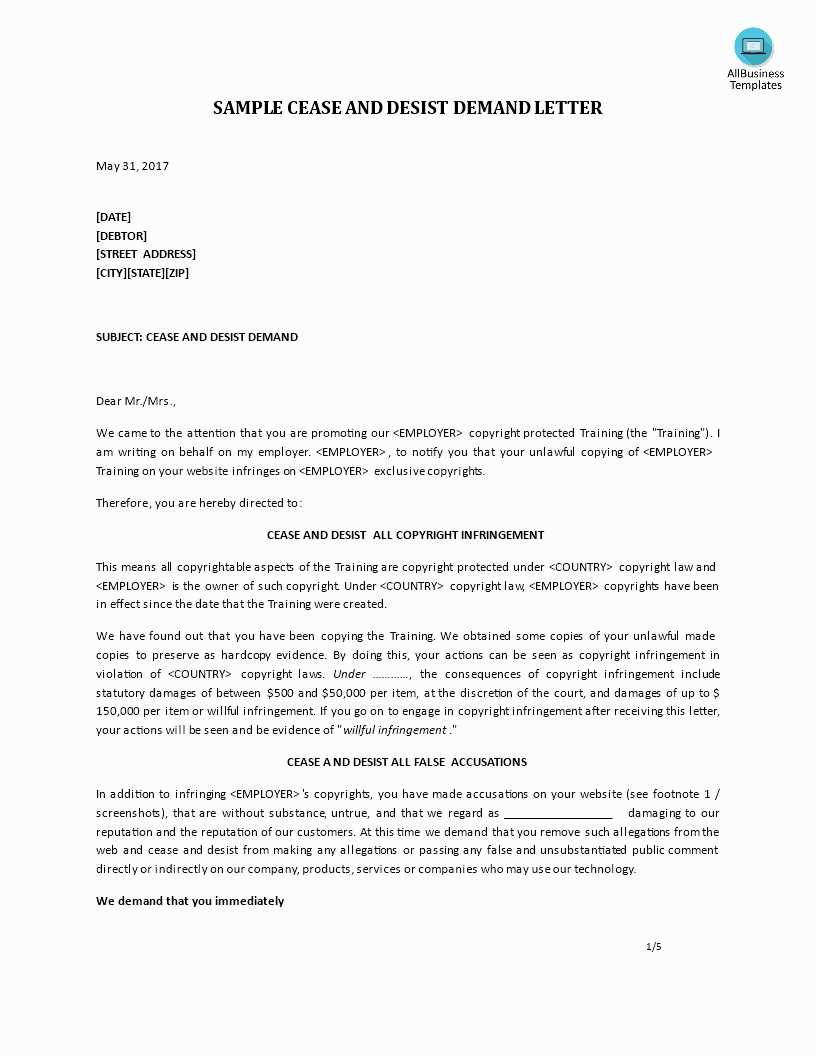
When someone uses your creation or idea without permission, it’s essential to take swift action to defend your rights. A formal legal document can serve as a powerful tool to inform the offending party of your claims, demanding that they stop their actions immediately. This approach often resolves disputes without the need for lengthy court procedures.
Drafting such a document requires careful consideration of its structure and content. The goal is to convey your position clearly while maintaining professionalism. It’s important to understand the legal implications behind this action and how to use it effectively to safeguard your interests.
Knowing how to create this formal communication can make a significant difference in the outcome of a dispute. The right wording can encourage the other party to comply, avoiding further legal escalation. By understanding the key components and legal requirements, you can ensure your communication is both clear and enforceable.
Understanding Legal Notices
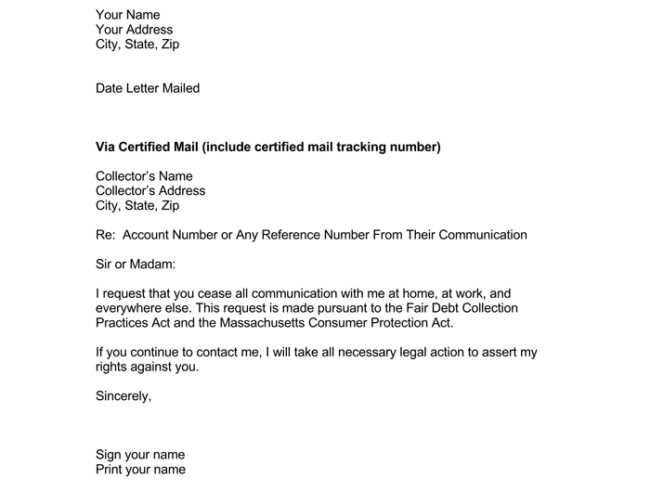
When disputes arise regarding the use of your original work, it’s crucial to address the issue promptly and professionally. A formal communication is a common method to notify the other party of their unlawful actions and request an immediate stop. This approach can often help prevent further complications and resolve matters without requiring legal action.
Such documents are usually straightforward but require precision. They are typically sent by the rights holder or their legal representative to inform the infringer of their unauthorized use. The purpose is to make it clear that continuing the use may lead to legal consequences if not stopped.
- Purpose: To demand the removal or cessation of the unauthorized action.
- Tone: Should be firm, but polite, ensuring professionalism is maintained.
- Effectiveness: Well-drafted notices can often lead to a swift resolution, avoiding costly litigation.
In this section, we will break down the essential elements and considerations when creating such a formal notice. It’s important to understand the legal requirements and how to structure the communication to achieve the desired outcome efficiently.
Importance of Protecting Creative Work
When you create something unique, whether it’s an invention, artwork, or written work, safeguarding your creation is essential to maintaining control over its use. Protecting what you’ve developed ensures that no one can take credit for your efforts or exploit it without permission. It also helps maintain the value and potential revenue generated from your original work.
Preventing Unauthorized Use
Without proper protection, others may use your work without consent, potentially causing financial harm or diluting its value. By securing your rights, you ensure that only those you approve of can access and use it. This is particularly important in industries where creativity is the foundation of success, such as technology, entertainment, and design.
Ensuring Long-Term Control
Securing your creation also allows you to maintain long-term control over how it’s distributed or modified. You can license, sell, or limit its use, which can help create new opportunities while protecting your interests. Ensuring that no one can exploit your work without permission gives you peace of mind and supports your future endeavors.
In conclusion, protecting your creative work is not just about maintaining control; it’s about ensuring that your efforts are respected and that you retain the ability to benefit from them as you see fit.
Key Elements of a Legal Communication
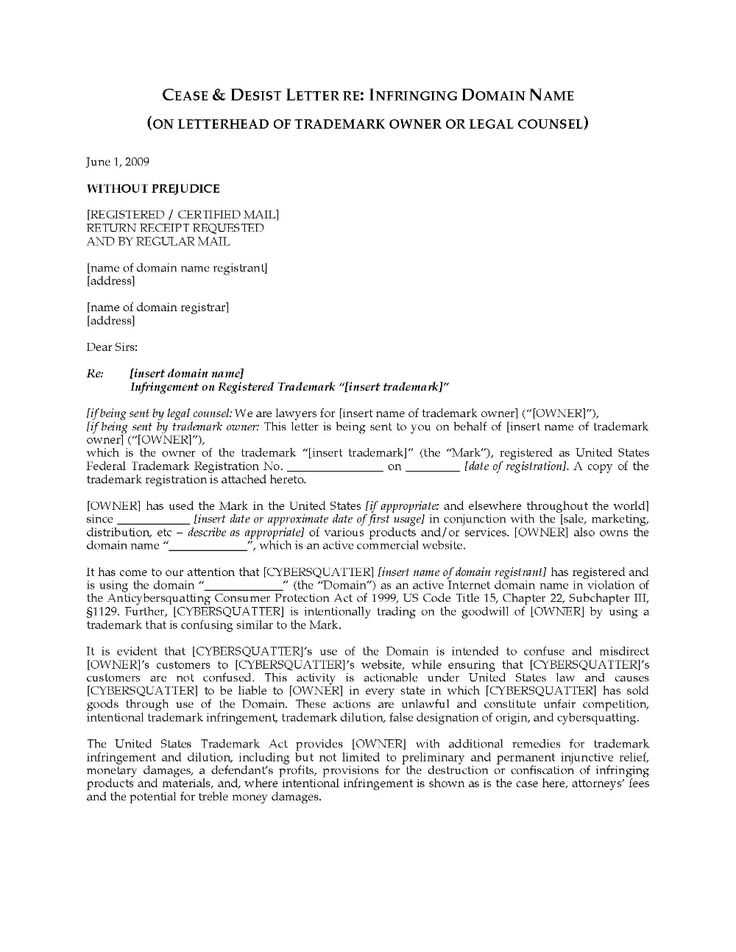
When drafting a formal request to stop unlawful use of your work, it’s crucial to include specific details to ensure clarity and effectiveness. A well-constructed document not only conveys your message but also provides a clear path for resolution. Below are the essential components that should be included to make the communication legally sound and actionable.
Identification of the Infringer
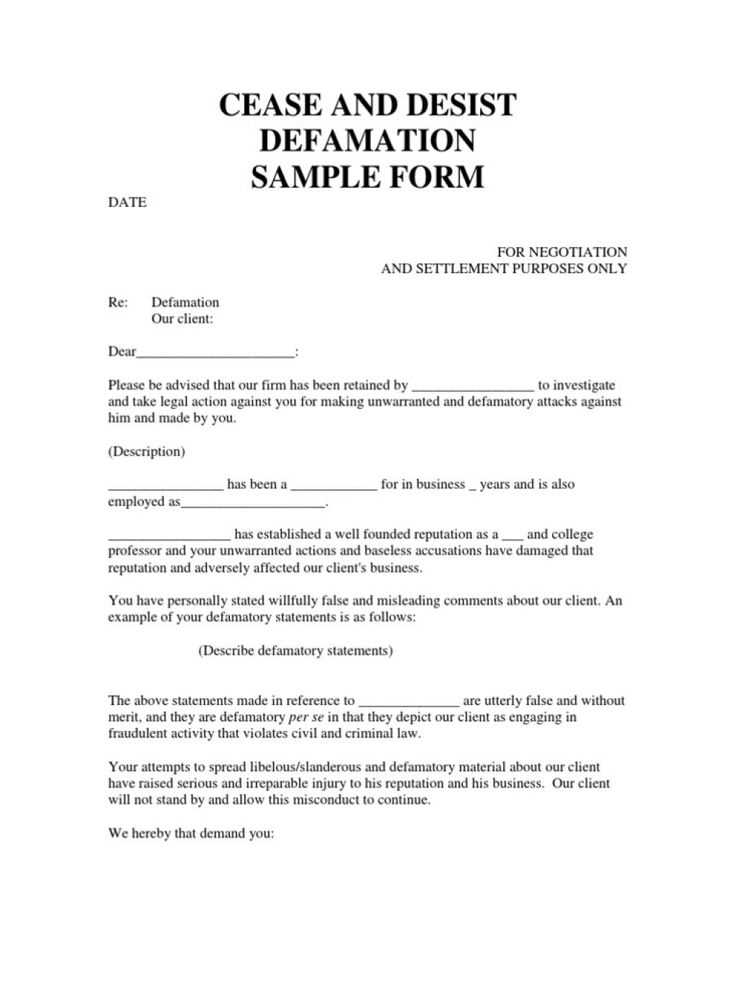
One of the first elements is identifying the person or entity responsible for the violation. Clearly state their name and the specific actions they have taken that infringe on your rights. This helps avoid confusion and ensures that the target of the notice knows exactly what they are being called to address.
Explanation of the Infringement
Next, it’s essential to detail the unauthorized use. This includes describing how your work has been used improperly, specifying the instances of infringement, and explaining why this is problematic. Providing evidence or examples will make your claims stronger and harder to dispute.
Another critical part of the document is the demand for action. Clearly state what you expect from the other party, whether it’s stopping the use, removing the content, or taking specific corrective actions. This section ensures that your expectations are understood and that there’s no ambiguity regarding what is required.
Steps to Draft an Effective Communication
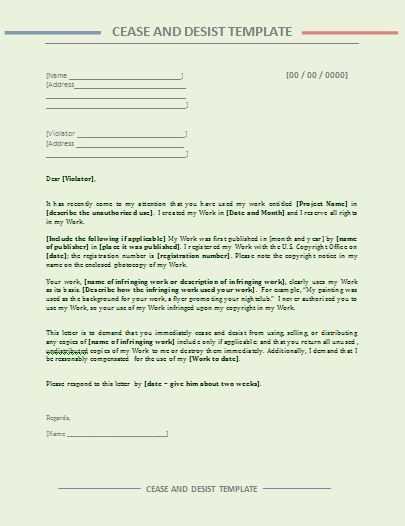
Creating a formal request to stop unauthorized actions requires careful thought and organization. A well-written communication can prevent further issues and help resolve the situation swiftly. Below are the essential steps to follow when drafting an effective notice that will have the desired impact.
1. Clearly State the Problem
Begin by identifying the violation in detail. Be specific about what is being infringed upon and how the other party is involved. Avoid vague language, and ensure that the description of the issue is clear and concise. This sets the tone for the rest of the document and provides the recipient with all necessary information.
2. Outline Your Expectations
Next, specify the actions you expect from the recipient. Whether you want the infringement to stop, materials to be removed, or specific changes to be made, clearly communicate your expectations. Being direct in this section will avoid any misunderstanding and ensure that the recipient knows exactly what is required.
Lastly, ensure you mention the consequences if the requested actions are not taken. This adds weight to your request and emphasizes the importance of resolving the matter promptly.
Common Mistakes to Avoid in Communications
When drafting a formal request to stop unlawful actions, it’s essential to avoid common errors that can undermine the effectiveness of the document. Failing to be precise or using improper language can lead to confusion, delay, or even legal issues. Below are some of the most frequent mistakes to watch out for when preparing a formal notice.
1. Vague or Ambiguous Language
Being unclear about the nature of the infringement or the actions required can lead to misunderstandings. It’s crucial to be as specific as possible when describing the violation and the expectations for resolution.
2. Ignoring Legal Requirements
Not understanding the legal framework surrounding your rights or how to enforce them can result in an ineffective communication. Make sure the document aligns with relevant laws to ensure it is valid and enforceable.
| Common Mistakes | Potential Consequences |
|---|---|
| Vague language | Confusion, delay in response |
| Not stating clear demands | Failure to resolve the issue |
| Ignoring deadlines | Legal loopholes, ineffective resolution |
By avoiding these mistakes, you ensure that your communication is clear, actionable, and legally sound, increasing the likelihood of a positive outcome.
Legal Consequences of Ignoring a Formal Communication
Failing to respond to a formal request to halt unauthorized activities can lead to serious legal implications. Ignoring such a communication may escalate the situation, causing unnecessary legal complications and financial burdens. Understanding the potential consequences is crucial for anyone involved in a dispute over the misuse of work or rights.
Increased Legal Actions
If the recipient does not address the concerns raised, the situation may progress to formal legal proceedings. This could involve filing lawsuits, which often come with significant financial and time-related costs. The failure to comply with the request can result in the issue being handled by a court, increasing both the complexity and expense of resolution.
Damages and Penalties
Ignoring a formal demand may lead to additional penalties. In many cases, damages may be awarded to the claimant, not just for the infringement itself but also for the failure to take corrective action. These penalties can significantly increase the financial impact on the party at fault.